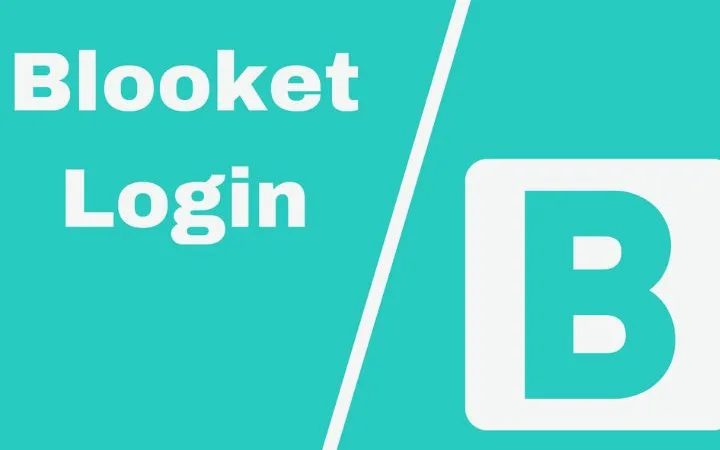Everything You Need To Know About Usability In Web Design

Usability in web design is part of the broader term “User Experience” (UI, User Experience) and refers to the ease of access and use of a product or website. The level and the usability characteristics are not always predefined. They will depend on the context, the user and the purpose of the website.
Table of Contents
What Is Usability In Web Design?
The usability of a website measures the effectiveness, efficiency and degree of satisfaction with which visitors or users receive information from the content and interact with the page. That includes everything a user would normally experience when visiting the website, including navigation bars, menus, content, images, videos, hyperlinks, buttons, forms, games, etc.
Monitoring the proper functioning of these and other attributes will provide us with the necessary information to guide the design to its optimal structure .
We could say then that usability is based on three pillars:
- Effectiveness
- Efficiency
- Satisfaction
When a guest lands on an effective design website , their expectations are met or exceeded and they can use the site to complete their intended goals with ease.
An efficient website goes one step further, allowing its users to find the information or resources they need in the fastest and most economical way possible, without wasting time or effort. Although, arguably the best known of the three usability pillars is satisfaction .
When visitors search for and discover a website that meets their requirements or needs by answering their questions, providing the necessary resources, etc. reliably, this satisfaction is created in the experience.
The usability of a website that includes considerations of all of these components, along with their overall effectiveness, efficiency, and user satisfaction, is often evaluated by UX researchers, analysts, and designers.
What Factors Influence Web Usability?
Careful investigation of the behavior and needs of current clients and the target audience is essential for a comprehensive understanding of usability in web design. There are a variety of methods available to accomplish this.
The research may include a review of the website’s digital analytics from an SEO (i.e. search engine optimization) point of view . It can also include research on customer needs and receptivity to specific messages and designs. The results of these methods can be tested and improved, boosting both the user experience and that of the web service provider .
Some of the key factors that affect usability and satisfaction of customer need would be:
Accessibility
Can everyone use the website equally?
The web accessibility here means that people with disabilities can perceive, understand, navigate and interact with the website. This includes taking advantage of your information, resources, etc.
Answer’s Capacity
Does the website work on the devices that customers prefer to use?
Responsive web design (RWD) is an approach to web design. It seeks to provide an optimal viewing and interaction experience on a wide range of devices.
Search Engine Optimization (SEO)
Can customers find the website in search results?
The process that affects the visibility of a website or web page through the free results (eg, natural, organic) of a search engine.
Content And Messaging
If users have specific questions, does the site provide clear answers?
Users often come to sites looking for answers to a specific question. Therefore, your text should be designed in a conspicuous, easy-to-read, and understandable way.
Layout And Navigation
Can people find what they are looking for on the website?
How quickly and easily a visitor can find what they are looking for through tools such as a navigation bar, breadcrumbs, menus, buttons, etc., designed to help you achieve your goals or answer specific questions.
Also Read : HTTPS Vs HTTP: Why It Is Very Important For Our Security






